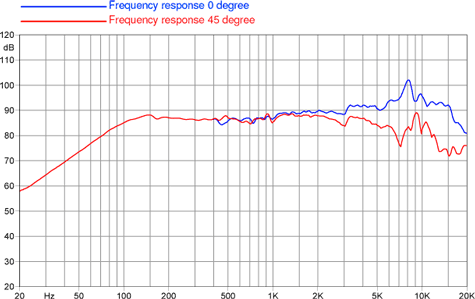Hi guys, I own a 2x10 Fender Rumble 350 combo which comes with a piezo tweeter (can be disabled with a switch).
The tweeter is pretty lame, it mostly introduces hiss that you normally can't hear and my Eminence BP102 woofers don't produce much highs (pronounced drop off around 2 kHz).
Anyway I'd like to add some much needed treble into the mix by replacing the tweeter with something respectable using a crossover if needed.
The caveat is I've never done this before. I've messed around with plenty of guitar speakers, but this is new to me and even though I have read stuff online, I'm not confident enough how to approach this. I do know the ohms and power rating need to be right or I can blow something easily.
Thanks for your advice!
The tweeter is pretty lame, it mostly introduces hiss that you normally can't hear and my Eminence BP102 woofers don't produce much highs (pronounced drop off around 2 kHz).
Anyway I'd like to add some much needed treble into the mix by replacing the tweeter with something respectable using a crossover if needed.
The caveat is I've never done this before. I've messed around with plenty of guitar speakers, but this is new to me and even though I have read stuff online, I'm not confident enough how to approach this. I do know the ohms and power rating need to be right or I can blow something easily.
Thanks for your advice!
 )
)


Comment